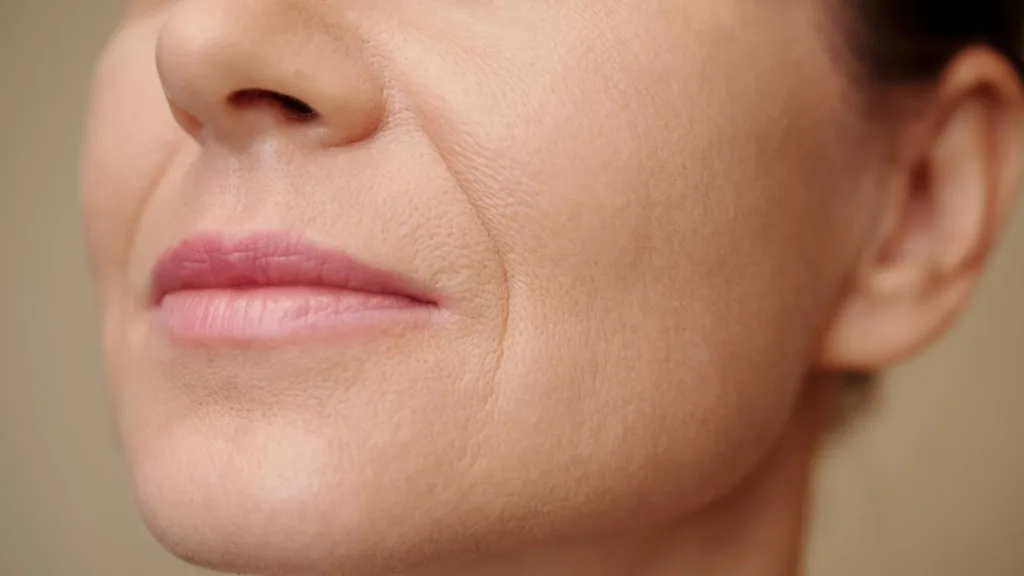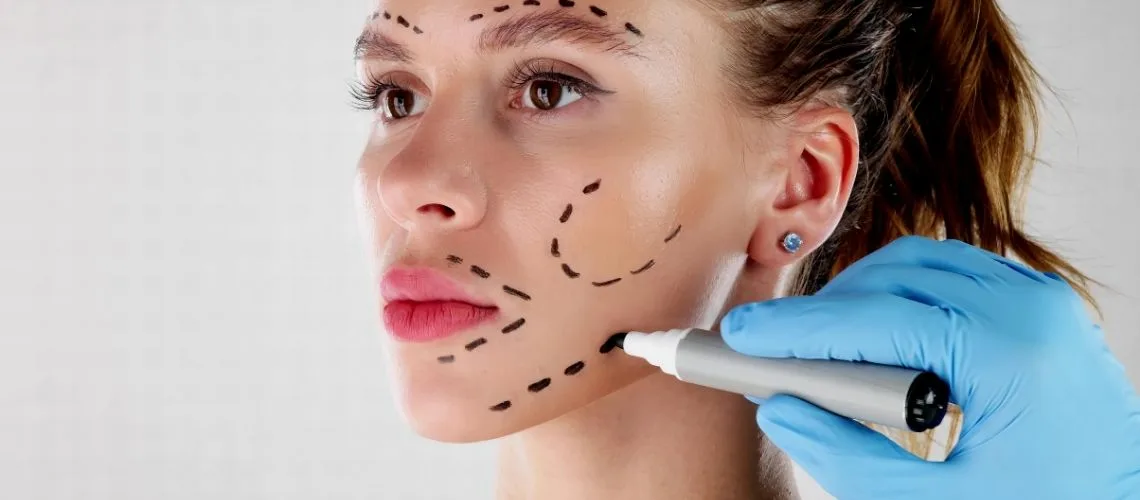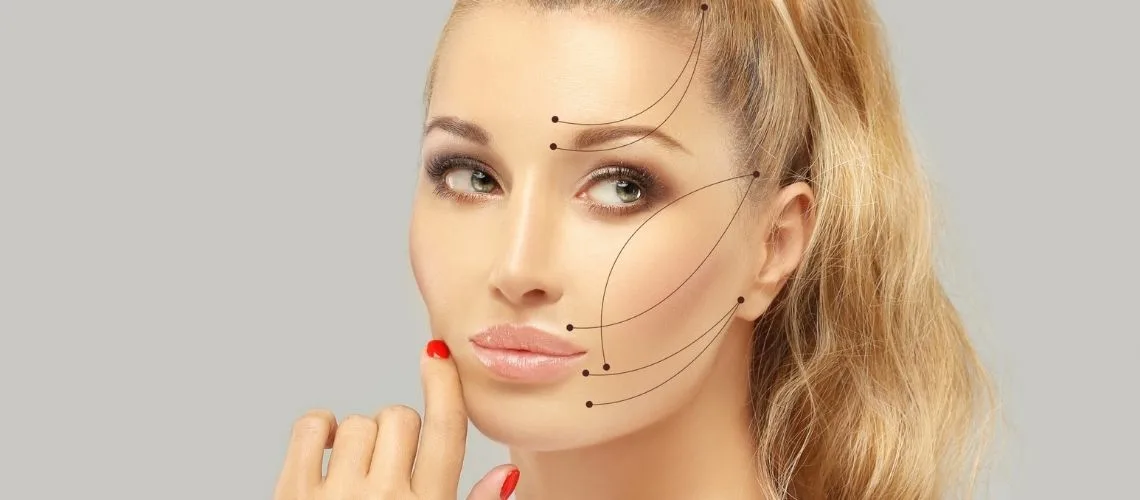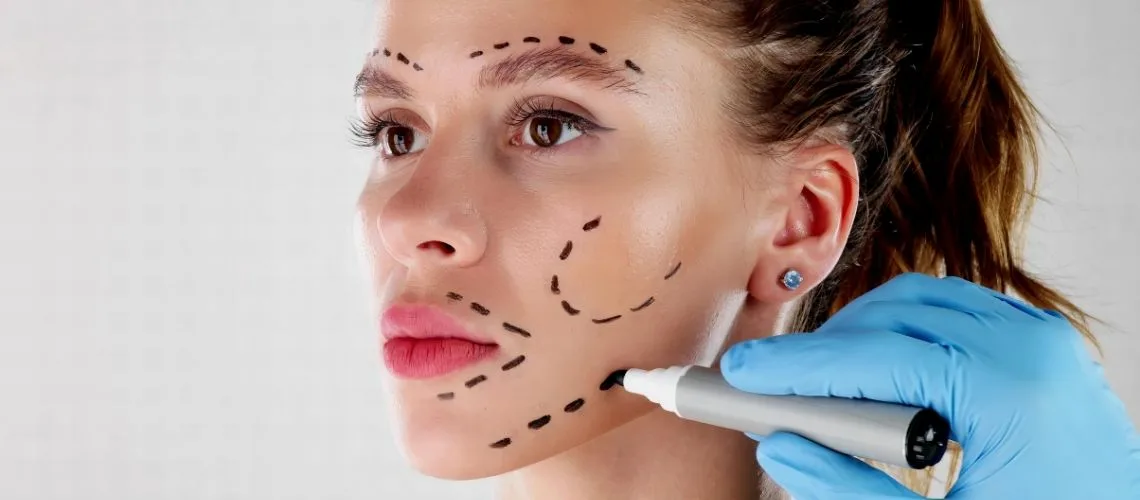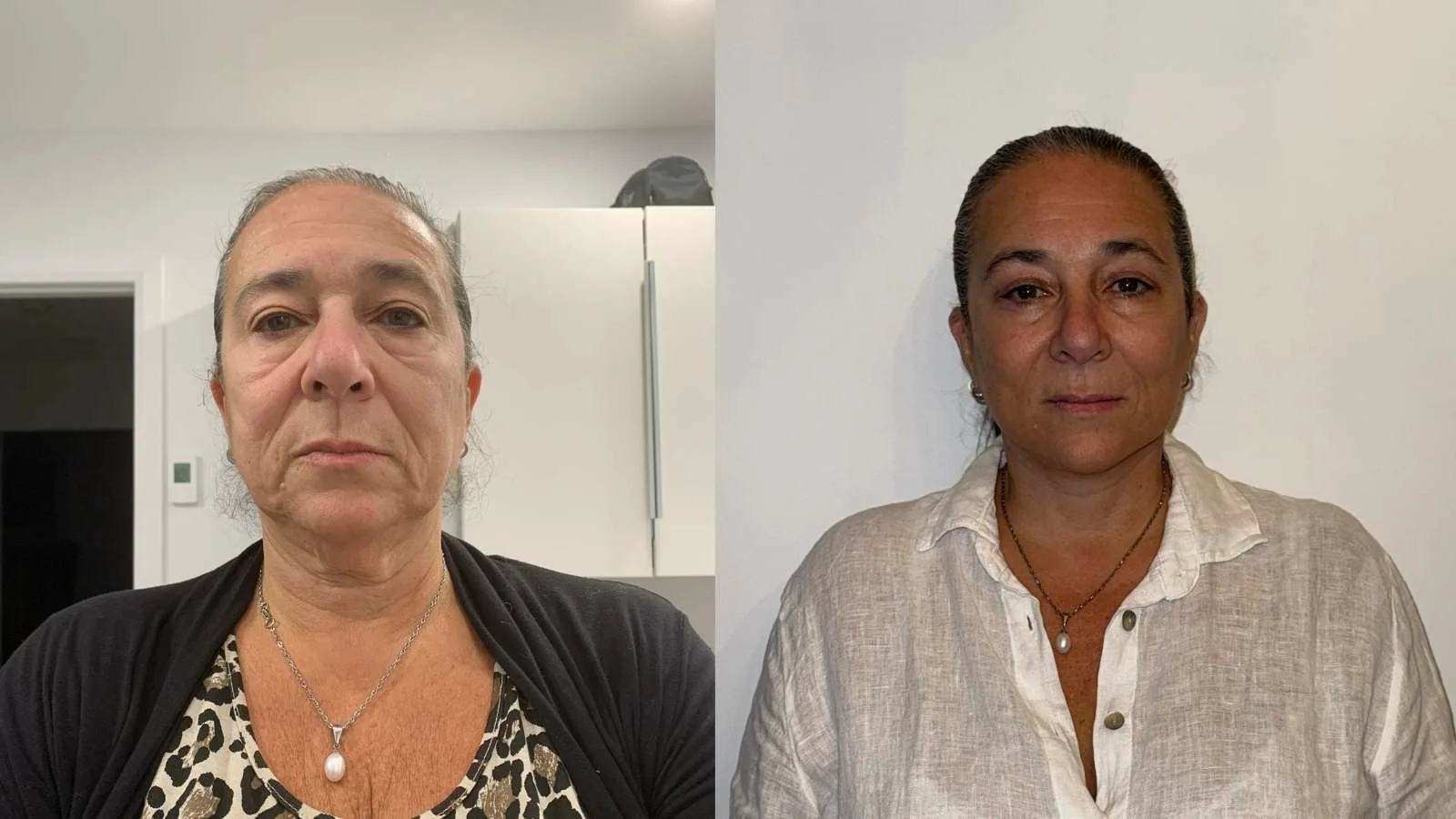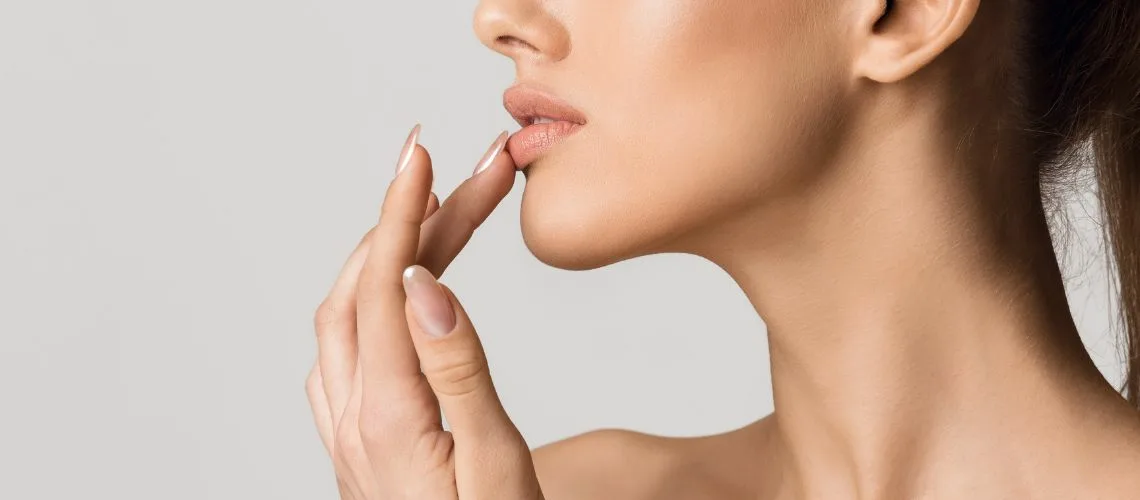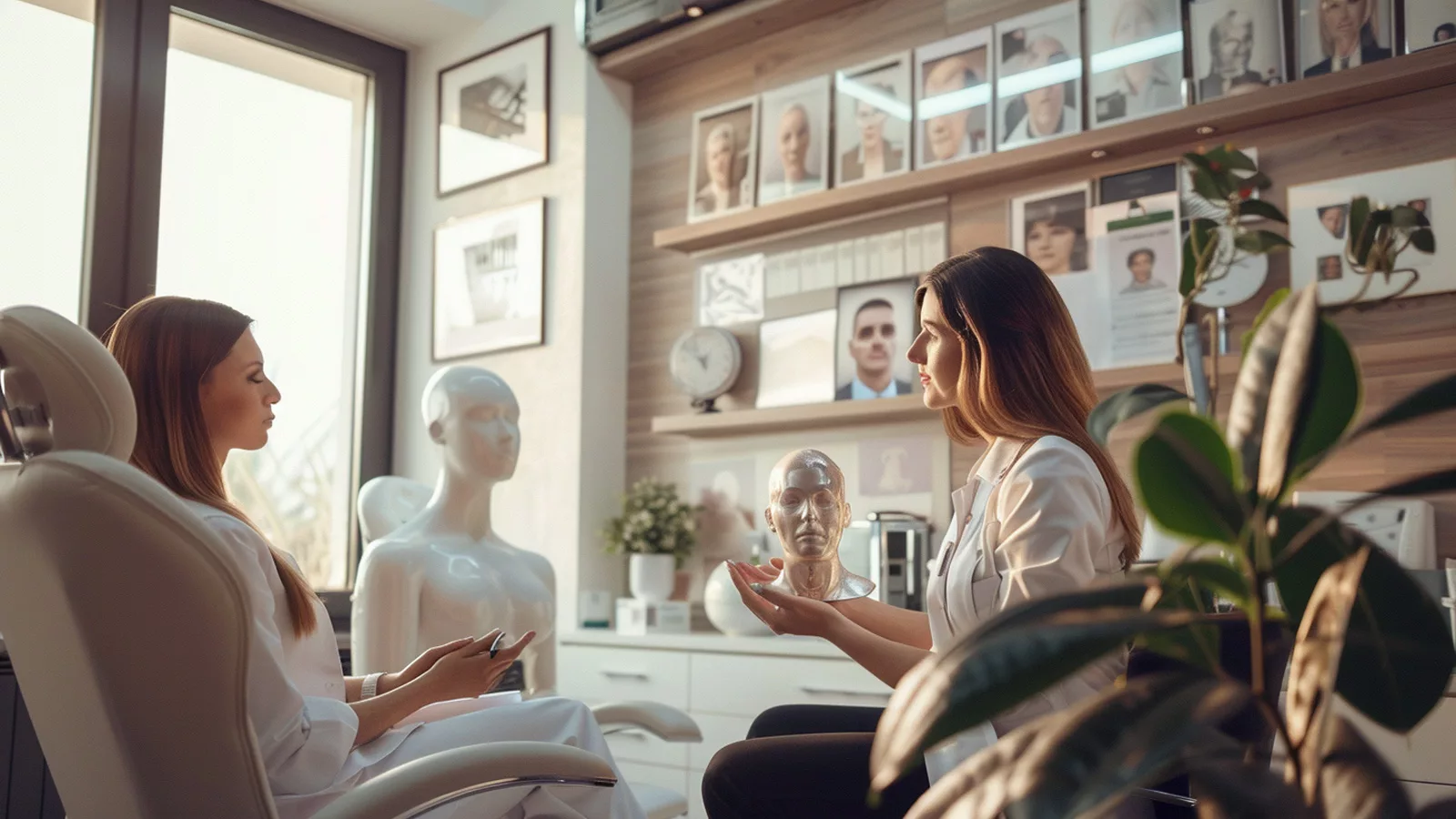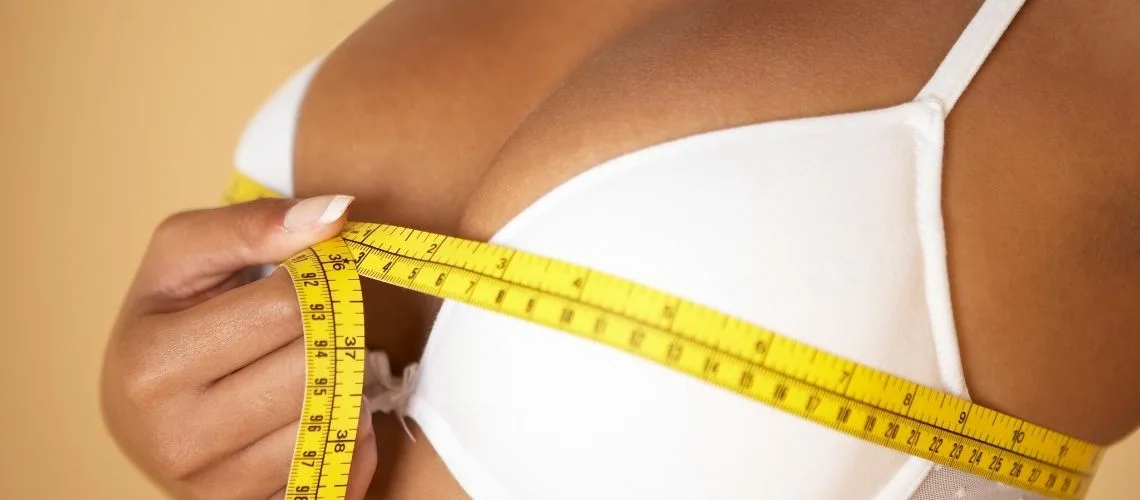Nasolabial folds are deep skin lines extending from the nose to the mouth corners, commonly associated with aging and loss of facial volume. They form due to decreased skin elasticity, gravity, and changes in subcutaneous fat distribution.
Treatment of nasolabial folds often begins with dermal fillers, which restore lost volume and smooth the fold’s appearance. Hyaluronic acid fillers are commonly used for immediate yet temporary rejuvenation.
Other approaches include fat grafting, thread lifts, or surgical facelifts for more long-lasting correction. The choice of treatment depends on fold severity, patient expectations, and overall facial anatomy.
Preventive care such as sun protection, hydration, and skincare helps delay the deepening of nasolabial folds. Combining lifestyle measures with professional treatments provides the most effective aesthetic improvements.
| What Are Nasolabial Folds? | They are natural skin folds running from the sides of the nose to the corners of the mouth. They can become more apparent with aging, genetic factors, and facial expressions. |
| Causes | Collagen and elastin loss due to aging, genetic predisposition, facial expressions, smoking, sun damage. |
| Treatment Methods |
|
| Advantages of Treatment | A younger, more vibrant appearance with rapid recovery in minimally invasive procedures. |
| Treatment Duration | Filler injections typically take 15–30 minutes. Laser treatments may require several sessions, while surgical interventions can involve a few weeks of recovery. |
| Side Effects and Risks | Swelling, redness, tenderness, asymmetry, and, rarely, infection. Following medical advice after treatment is essential. |
| Preventive Measures | Paying attention to skin care, using sunscreen, following a healthy diet, and limiting smoking and alcohol consumption. |
How Do Lifestyle Choices Affect Nasolabial Folds?
Although nasolabial folds are a natural part of the aging process, lifestyle factors significantly influence how pronounced these lines become. Prolonged sun exposure accelerates collagen and elastin breakdown, leading to faster development of wrinkles and sagging. Using broad-spectrum sunscreen reduces UV damage, helping maintain skin elasticity. Smoking, on the other hand, constricts blood flow in the skin and introduces toxins like nicotine, deepening these folds over time. Quitting smoking not only benefits overall health but also improves the skin’s appearance.
Diet also plays a pivotal role in skin health. A lack of vitamins and proteins reduces collagen production, limiting the skin’s ability to repair itself. Eating foods rich in vitamins A, C, and E offers antioxidant benefits that aid in tissue renewal, while adequate protein supports skin repair mechanisms. Staying hydrated keeps skin cells supple and prevents dryness that can accentuate nasolabial lines. Additionally, sufficient, high-quality sleep helps boost collagen synthesis. Chronic stress can speed collagen breakdown, so stress management—through mindfulness or meditation—can improve both general well-being and skin appearance.
Which Non-Surgical Treatments Are Available for Nasolabial Folds?
Moderate nasolabial folds can often be effectively addressed using modern, non-surgical treatment options that provide safe, minimally invasive solutions, helping patients achieve natural, satisfying results.
- Dermal Fillers: Fillers remain one of the most popular treatments for minimizing nasolabial lines. Hyaluronic acid (HA) fillers restore lost volume in the skin and produce noticeable improvement. Because HA is naturally found in the body, the risk of allergic reactions is relatively low, and outcomes can be quite effective. Poly-L-lactic acid (PLLA) fillers stimulate collagen production over time, while calcium hydroxylapatite (CaHA) also boosts skin firmness through neocollagenesis, enabling long-lasting, natural results.
- Radiofrequency (RF) Devices: These treatments deliver controlled heat to deeper skin layers, encouraging collagen tightening and remodeling. Non-ablative RF devices can be highly effective in addressing nasolabial folds and mild skin sagging, improving facial contours without the need for surgery.
- Polydioxanone (PDO) Fillers: PDO-based fillers are biodegradable and help tighten and rejuvenate the skin, reducing the appearance of nasolabial folds.
Combining different methods—such as RF with laser therapy—can enhance collagen formation, producing firmer, younger-looking skin. This synergistic approach can address not only nasolabial folds but also other facial wrinkles.
How Effective Are Injection-Based Treatments for Nasolabial Folds?
Injection-based treatments, such as dermal fillers, are frequently used to reduce the appearance of nasolabial folds. Hyaluronic acid (HA) and poly-L-lactic acid (PLLA) fillers correct volume loss and soften deep facial lines. Clinical studies support their efficacy and safety.
HA fillers often produce noticeable improvements in the first few months after treatment. According to a meta-analysis, Wrinkle Severity Rating Scale (WSRS) scores decreased significantly in the first month and maintained effectiveness up to six months. For patients seeking longer-lasting outcomes, PLLA fillers can be used to stimulate collagen production, resulting in more durable effects.
Injection techniques also play a crucial role in achieving successful results. Recent developments in intraoral injection methods can more effectively address deep folds, improving patient comfort and lowering complication risks, although further research is needed for long-term efficacy data.
In terms of safety, major complications are rare when these injectables are administered by qualified professionals. Minor bruising, tenderness, and swelling are the most common side effects, typically resolving within a few days. Many HA-based fillers include lidocaine to reduce pain without diminishing their safety profile.
What Surgical Options Exist for Treating Nasolabial Folds?
Nasolabial folds are among the most noticeable facial aging signs, and surgical treatments can significantly reduce their appearance. These approaches are chosen according to the patient’s individual requirements, aiming for a natural, lasting outcome:
- Rhytidectomy (Facelift): By targeting loose skin and deep wrinkles, a facelift can effectively diminish nasolabial folds, offering longer-lasting results, especially for older patients.
- SMAS (Superficial Musculoaponeurotic System) Lifting: Tightening and repositioning the SMAS layer supports deeper facial structures and yields more natural, durable results, reducing the depth of nasolabial folds while rejuvenating the face.
- Deep-Plane Facelift: Concentrating on midface rejuvenation, deep-plane techniques reposition deeper tissues for significant improvement in pronounced nasolabial folds, often preferred for severe sagging.
- Composite Facelift: This advanced method addresses deeper facial tissues and the eye muscles, offering comprehensive rejuvenation that enhances overall facial harmony and improves nasolabial folds.
- Dermal-Fascial Release and Fat Grafting: Releasing dermal adhesions and injecting autologous fat can smooth deep folds, delivering a minimally invasive yet effective solution.
- Nasolabial Flap Surgery: Though often employed for reconstructive purposes in nearby regions, it demonstrates the versatility of surgical options for addressing complex issues in the nasolabial region.
Frequently Asked Questions
Why do nasolabial folds become more pronounced?
Nasolabial folds become more visible due to reduced skin elasticity, collagen loss, volume depletion, and the effects of gravity with aging. Smoking and sun exposure can accelerate this process.
Can nasolabial folds appear at a young age?
Yes, genetic predisposition, facial structure, frequent facial expressions, and rapid weight loss can cause folds to appear at a young age. This usually leads to aesthetic concerns.
How effective is filler treatment for nasolabial folds?
Fillers add volume by filling the folds and make the face look younger. The effect is immediate and typically lasts 12–18 months, depending on the product used.
Is there a permanent solution for nasolabial folds?
A permanent solution is usually achieved with surgical procedures. Facelift or midface lifting reposition the skin and tissues, providing longer-lasting results.
Does laser treatment work for nasolabial folds?
Laser treatments boost collagen production in the skin and reduce fine wrinkles. For deeper folds, it is usually not sufficient alone and is often combined with fillers or surgery.
Do nasolabial folds worsen after pregnancy?
Weight gain and hormonal changes during pregnancy can affect skin elasticity. Rapid weight loss after childbirth may also make the folds more noticeable.
At what age is treatment for nasolabial folds recommended?
Treatment can begin in the 30s when folds start to become noticeable. Early fillers and skin rejuvenation methods provide more natural results in the long term.
Do nasolabial folds cause health problems?
Nasolabial folds are an aesthetic issue and do not pose a direct health risk. However, they may cause psychological discomfort by making the face look tired, sad, or older.
Are exercises effective for nasolabial folds?
Facial exercises strengthen muscles but have limited impact on deep folds. More visible results require professional aesthetic treatments.
How can recurrence of nasolabial folds be prevented?
Regular moisturizing, using sunscreen, healthy nutrition, and avoiding smoking slow skin aging. Regular aesthetic maintenance sessions can also prevent folds from becoming pronounced again.

Op. Dr. Erman Ak is an internationally experienced specialist known for facial, breast, and body contouring surgeries in the field of aesthetic surgery. With his natural result–oriented surgical philosophy, modern techniques, and artistic vision, he is among the leading names in aesthetic surgery in Türkiye. A graduate of Hacettepe University Faculty of Medicine, Dr. Ak completed his residency at the Istanbul University Çapa Faculty of Medicine, Department of Plastic, Reconstructive and Aesthetic Surgery.
During his training, he received advanced microsurgery education from Prof. Dr. Fu Chan Wei at the Taiwan Chang Gung Memorial Hospital and was awarded the European Aesthetic Plastic Surgery Qualification by the European Board of Plastic Surgery (EBOPRAS). He also conducted advanced studies on facial and breast aesthetics as an ISAPS fellow at the Villa Bella Clinic (Italy) with Prof. Dr. Giovanni and Chiara Botti.
Op. Dr. Erman Ak approaches aesthetic surgery as a personalized art, tailoring each patient’s treatment according to facial proportions, skin structure, and natural aesthetic harmony. His expertise includes deep-plane face and neck lift, lip lift, buccal fat removal (bichectomy), breast augmentation and lifting, abdominoplasty, liposuction, BBL, and mommy makeover. He currently provides safe, natural, and holistic aesthetic treatments using modern techniques in his private clinic in Istanbul.

